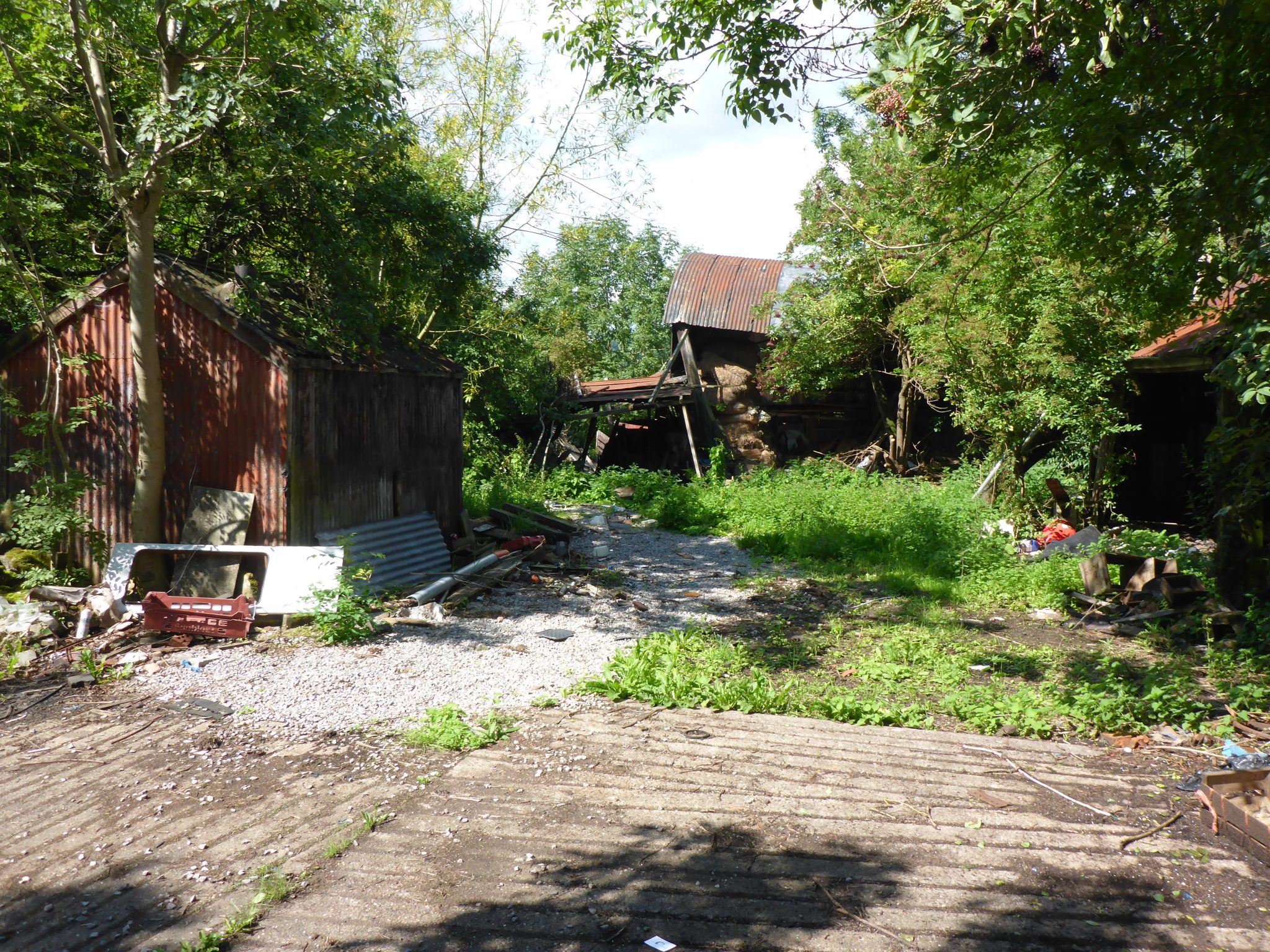Rural and Farm Sites – Contaminated Land Issues

Many people, especially those who do not have experience with the specific issues surrounding these sites often assume that contamination will not be a problem when applying for planning permission or developing these sites. Consequently, they may involve us quite late in the process stating ‘there are no contamination issues, there has only been orchard/sheep/vehicle storage here’. This may not be the case and there may be multiple issues related to contaminated soils present on the site.
So, if the site in question has not been used for industrial purposes, where do issues with contaminated land arise from? Well, in common with many kind of human activity, there is the potential to have an impact on the environment. Let us have a look at the main soil contamination issues that we have encountered.
Pesticides
This is what everybody associates with farms and environmental impacts. However, these may not necessarily impact the site soils. There seems to be a perception that contamination involves drums of ‘chemicals’ lying around and leaking their contents into the ground and rivers. This makes great pictorial copy for campaigning organisations, but consider this – farmers are running a business. Why would they allow drums of expensive materials to disgorge their contents everywhere when they are frequently struggling financially? Makes no business sense does it? Likewise, they do not chase livestock around fields trying to apply pesticides as this would waste substantial amounts of these materials.
This does not rule out the presence of pesticides in soils however. If they have been incorrectly stored for whatever reason, they may be present in site soils. Poor controls on their use may also responsible, especially if casual labour has been employed. Where sheep dips are present, contamination of soils in and around these features may be present with the predominant compounds used being organophosphorus compounds and synthetic pyrethroids. ‘But’, I hear you say, ‘there was only organic farming here’. This does not preclude the use of pesticides with copper compounds, sulphur, rotenone and pyrethrums.
Asbestos
This is often used on agricultural buildings for roofing and for cladding in the form of cement bonded asbestos normally containing chrysotile (white) asbestos. However, other forms of asbestos may have been used. When sites are being redeveloped, they may be in a derelict condition with the asbestos being broken either through wear on the building or through vandalism. This can lead to asbestos fibres being present in site soils and this is where the risk comes from – inhalation of asbestos fibres both during development and during subsequent site use.
Heavy metals
On farms? Well yes. As discussed in the pesticides section copper compounds may be used as pesticides and have been for years. There are other sources that may surprise people who are not used to dealing with rural sites however. Clients will sometimes state ‘there wont be any problems here it has always been orchard’. That may be precisely where the problem lies. In the good old days before these nasty synthetic pesticides came about that seem to cause so much concern to the public, more traditional solutions were used. Unfortunately these included lead arsenate (a compound containing lead and arsenic) to combat codling moth, and the charmingly named Paris green – (copper(II) acetate triarsenite or copper(II) acetoarsenite. Needless to say, when these were sprayed on the orchards, some directly impacted soils whilst much of it was present on leaves and fruit. The leaves and fruit would fall -and rot – whilst of course the lead and arsenic being elements, did not rot. Consequently, lead and arsenic can become very concentrated in these areas. Surprisingly, arsenic was also used as a growth promoter in poultry feed and we understand still is in some countries, including the US. This is ingested and excreted in their faeces. The faeces naturally rots away, but of course the arsenic remains behind – again causing elevated concentrations in site soils.
Petroleum hydrocarbon compounds
These can result as a consequence of poorly managed fuel oil storage including both heating oil and red diesel. We frequently see older, metal, single skinned above ground storage tanks with no bunding present. These and the associated pipework can leak and where refilling of the tanks has been poorly managed or that of vehicles soils may be impacted.
Polycyclic aromatic hydrocarbons (PAH)
These are very common contaminants that result from the burning or organic (i.e. carbon containing) materials such as paper, wood and other vegetative materials. In the past waste may have been burned and ashes may have been used as a soil improver. These can all lead to the presence of PAH compounds in soils. Other burning activities such as stubble burning can also lead to the aerial deposition of these compounds in soils.
Depending on the site features, geology etc these contaminants may pose a risk to future site users and to controlled waters. In the case of the latter this will include groundwater (underlying aquifers) and also surface water such as rivers. Whilst a river may be distant from the site, there may be drainage ditches on or adjacent to the site that may allow migration of contaminants from the site. Other issues may include generation of ground gas. This will occur where putrescible materials have been buried – i.e. those that will readily rot away such as vegetative matter. This may be present on the site where land has been infilled or offsite where landfilling operations have taken place.
What is essential is that the site is investigated in the appropriate manner. Please feel to contact us to discuss in more detail the specific site you may be dealing with.

